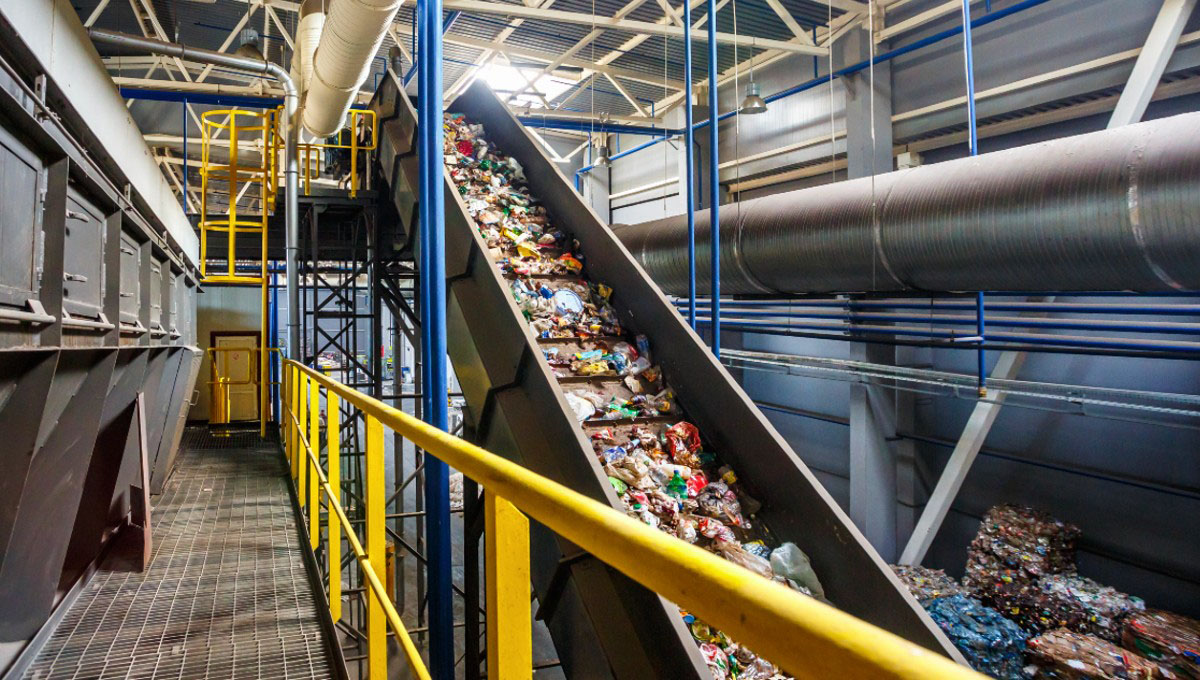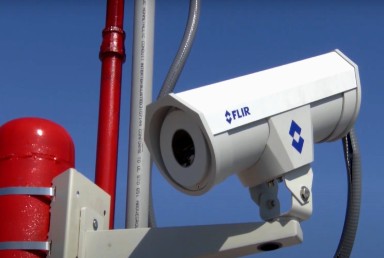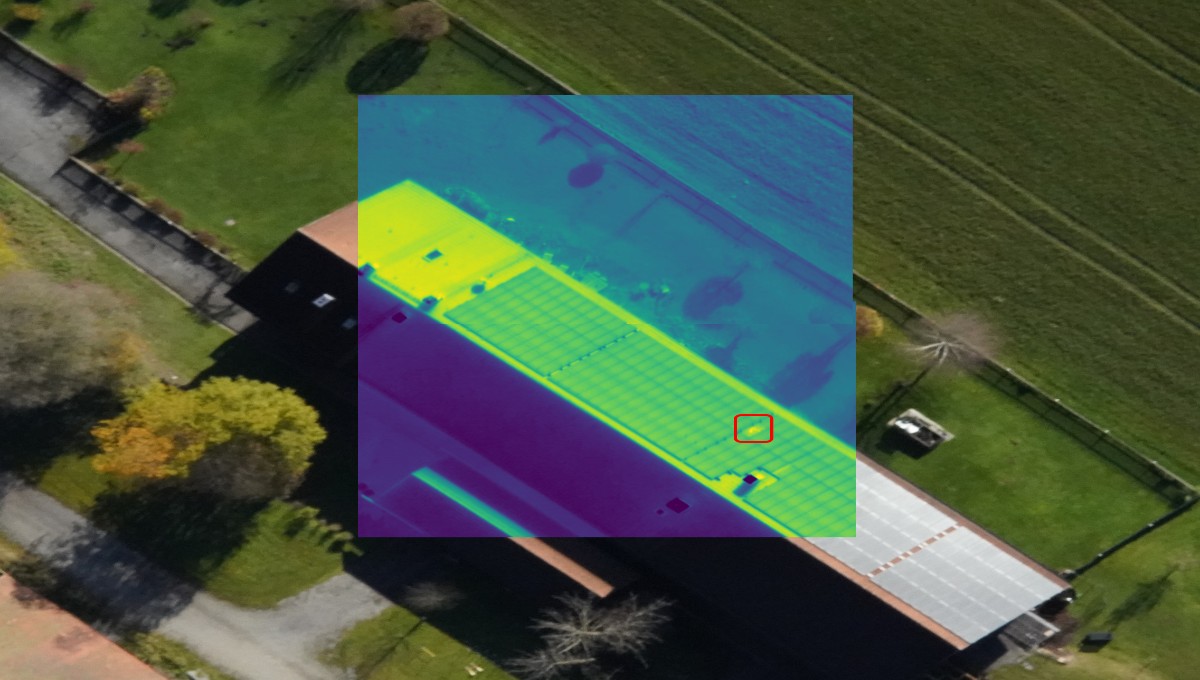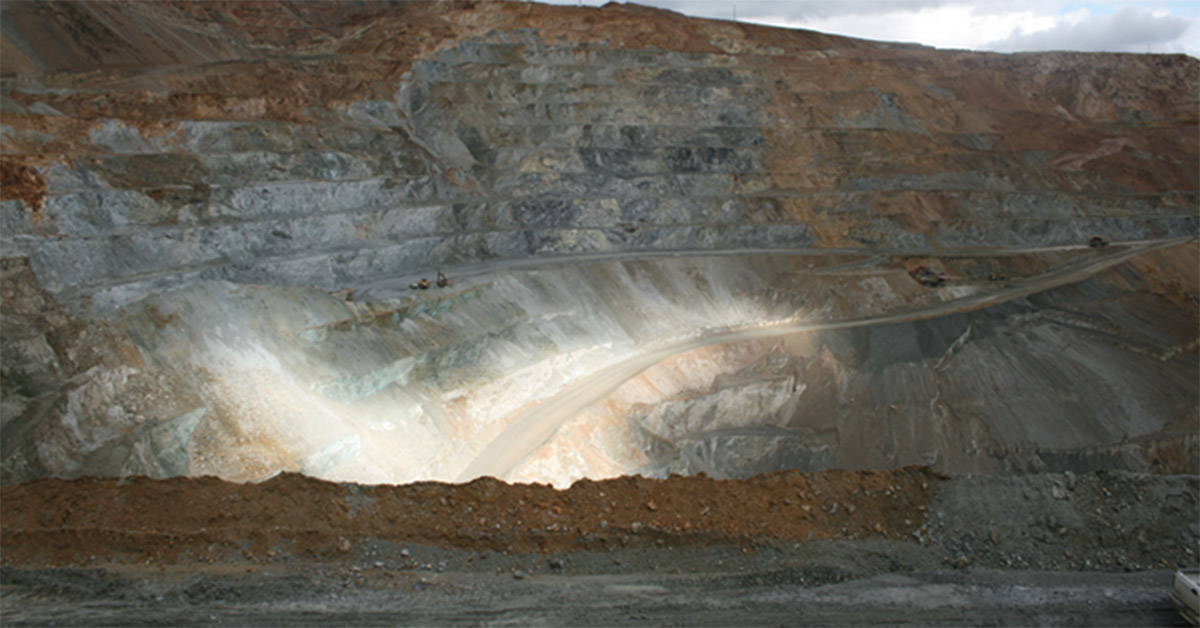Save lives, safeguard assets: Fight fires before they begin with early fire detection

Heat builds up in a variety of industrial environments: that is often unavoidable. But what happens when heat is allowed to accumulate without intervention?
200 workplace fires ignite every day in the US alone, according to the Occupational Safety and Health Administration. It reportedly costs US businesses in excess of $328 billion annually, damaging infrastructure, endangering lives and eliminating vital assets.
So, how can we avoid billions going up in smoke?
No sector is safe from fire damage
Whether the cause is electrical, chemical, environmental or related to volatile substances (such as combustible dust or waste materials), no facility is immune to the devastating effects of fire damage. From the fiscal fallout to the environmental burden —not to mention the associated fines—fires can end lives and shut down even the most profitable of businesses.
With any fire, an early response is absolutely essential. But what if you could act before the fire even ignites?
With Teledyne FLIR’s active thermography, you can.

Tackling fires with Teledyne FLIR’s astute thermography
Early fire detection (EFD) goes beyond visually seeing a blaze break out and sounding the alarm. Intuitive and intelligent systems can monitor materials and identify patterns and even predict when a fire may be about to ignite.
Using active thermal imaging to detect hot spots in real-time means that automated solutions can be triggered once a pre-set threshold has been reached or exceeded. This element is crucial, as the cause for concern will be different for almost every facility and every environment. It also needs to be able to factor in the ambient heat emissivity of the location, materials, personnel and vehicles to avoid prematurely raising the alarm.
Examples of Efd in action
No sector is safe: whether it’s laundry facilities, energy from waste plants, high value buildings and manufacturing and logistics powerhouses, being able to identify and detect rising heat levels is crucial to being able to act early and protect vital assets.
Let’s look at some insightful examples of how early fire detection systems save lives and help underpin bottom lines for international businesses.
Efd for Rapid Heat Generation
Click here to access an immersive overview of EFD and the range of FLIR thermography specially created to address this serious issue.
Ruggedized thermal cameras for extreme environments
Discover FLIR’s cutting-edge range of hardwearing thermal cameras that can quickly identify increased temperatures related to potentially dangerous conditions—ideal for industrial environments.
Not a cool wash: fire detection systems for industrial laundry applications
Discover how large-scale laundry facilities face the mounting safety challenges of combustible fabrics and the potential for flammable contaminants and uncontrolled heat accumulation.
Protect Personnel and Equipment by Detecting Early Signs of Fire
Discover how the FLIR A50 Compact Smart Sensor Thermal Camera excels at early fire detection, among other condition monitoring solutions. It's built-in and provides on-camera analytics and alarm capabilities as well as internal software that can isolate regions of interest and report temperature ranges from those areas.


